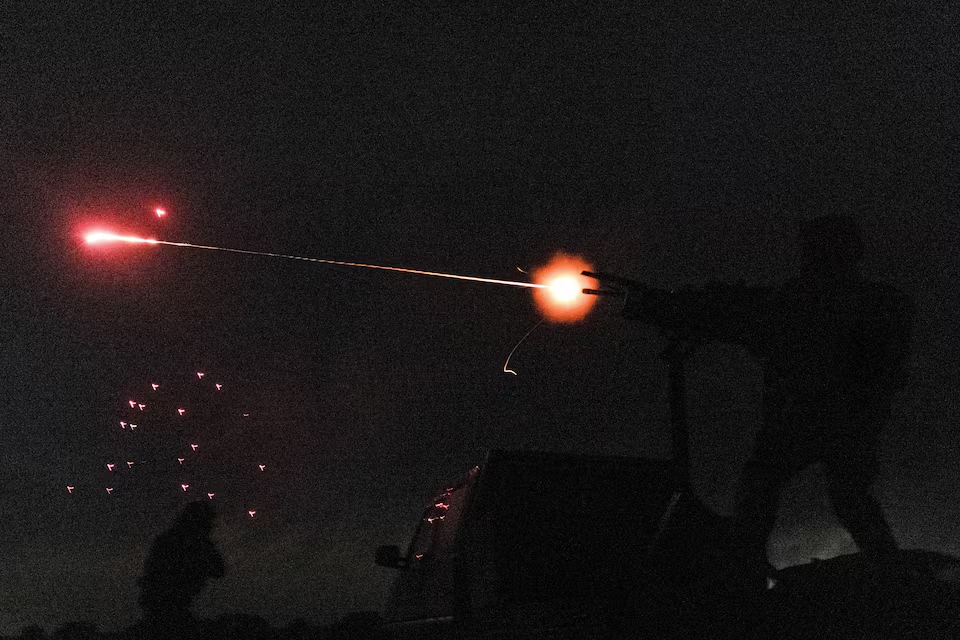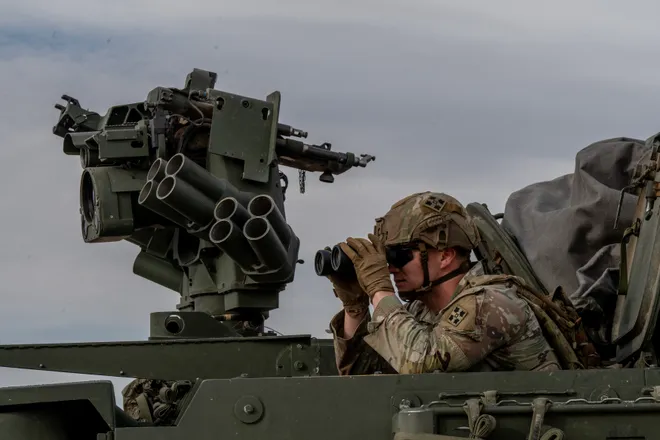Russia intensified its military strikes on Ukraine’s Kyiv region over the weekend, just hours after peace talks in Istanbul ended without a breakthrough, Ukrainian officials reported on Sunday, May 18, 2025. At least one person was killed and several others injured in the attacks, which Kyiv described as a deliberate escalation intended to undermine diplomatic efforts.
According to the Ukrainian Air Force, Russia launched missiles and drones targeting infrastructure in and around the capital late Saturday night into Sunday morning. Air raid sirens sounded throughout the region, and explosions were reported in several districts, prompting emergency response teams to work through the night.
Ukrainian Interior Ministry spokesperson Maryana Reva confirmed that a 39-year-old civilian was killed in a missile strike in the Bila Tserkva area, south of Kyiv, and at least three others were hospitalized with shrapnel wounds. Rescue operations continued into Sunday afternoon.
The Ukrainian Ministry of Defense called the attack a “clear message” from Moscow that it has no genuine interest in peace. In a statement, the ministry said,
“These strikes are timed with deliberate cynicism. They show the Kremlin’s contempt for diplomacy and the safety of civilians.”
The renewed offensive comes in the wake of the first direct Russia-Ukraine peace talks in over three years, held in Istanbul under Turkish mediation. While both sides had agreed to a large-scale prisoner swap, no ceasefire or roadmap toward peace was agreed upon. Ukrainian President Volodymyr Zelenskyy accused Russia of “arriving without a real mandate to end the war,” while Moscow insisted Kyiv’s demands were “impossible.”
Military analysts believe Russia is using these attacks not just for tactical advantage, but as psychological warfare to demoralize Ukraine’s population and pressure negotiators. Satellite images from Western intelligence sources show increased Russian troop activity near the eastern front and long-range missile batteries repositioned closer to the northern border.
The U.S. and EU condemned the latest strikes and reiterated support for Ukraine. NATO Secretary-General Jens Stoltenberg called Russia’s actions “a reckless provocation” and confirmed that additional military aid packages are under review. The White House said President Trump had been briefed on the situation and is considering diplomatic steps, including a new round of calls with Zelenskyy and Russian President Vladimir Putin.
Meanwhile, life in Kyiv remains tense. While no full-scale ground assault is currently underway, the renewed bombardments have reignited fears of a possible second push on the capital. Many residents have taken shelter in subway stations and reinforced basements, recalling the early days of Russia’s full-scale invasion in 2022.
Humanitarian agencies operating in the region warned that power outages, fuel shortages, and damaged infrastructure are compounding an already difficult situation for civilians, especially the elderly and displaced families. The International Red Cross urged both sides to establish new humanitarian corridors and refrain from attacking civilian centers.
Zelenskyy, in his evening address, vowed that Ukraine would not be intimidated. “We offered peace in good faith, but we are prepared for war with full resolve,” he said. “Every attack strengthens our unity and the world’s understanding of who is truly seeking peace.”
As Moscow and Kyiv exchange fire on the battlefield and words at the negotiating table, the dream of a durable ceasefire remains distant. The international community continues to call for restraint, but with every missile that lands and every civilian life lost, the window for diplomacy narrows.
For the people of Kyiv and across Ukraine, the message from Moscow’s missiles is loud and clear—and tragically familiar.
Source; Reuters


